Megan Deal
Creative Director
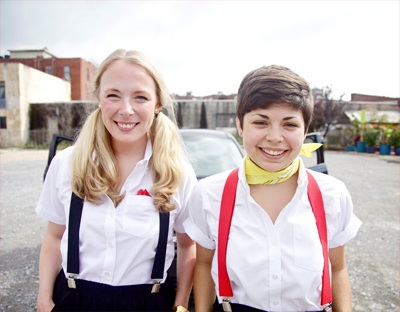
Megan Deal (right) and Kate Creason, Founders of Tomorrow Today
Primary design concentration:
Studied graphic design. These days, I design programs, platforms,
and processes for participation.
Most preferred tools for designing:
Brain
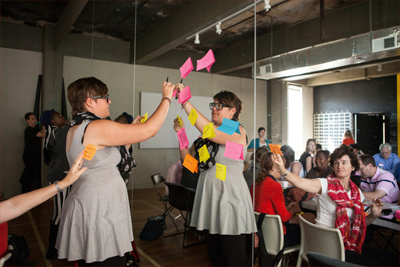
Van Dusen Urban Leadership Forum, Detroit
How and why did you choose to become a designer?
I fell into design on accident. I was always interested in words and pictures. An art teacher in high school introduced me to the term “graphic design” and encouraged me to dig deeper. What I found, was a seemingly interesting career trajectory that would allow me to exercise both creativity and intellect at once. I satisfied my curiosities by pursuing a graphic design degree in college. That was when a whole world of possibility and opportunity opened up for me. It was during this time that I began to see design less as a mechanism to sell things (cars, soap, Nike’s, whatever) and more as a process for solving problems: civic, social, neighborhood, worldly problems. I’ve never really looked back.
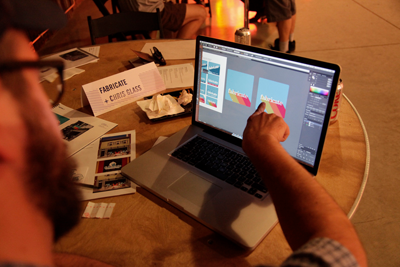
CoSign workshop with 52 local artists and designers to develop 144 unique sign proposals for 19 Northside businesses, Cincinnati
What are some of the challenges you encounter as a designer and how do you deal with them?
Some of my biggest challenges are generally rooted in fear. Fear of failing, fear of ridicule, fear of getting it wrong. I don’t think this is specific to designers but rather humans more broadly. The only way I’ve found to get around a mental block is to remove myself from the work. Sometimes this means taking a break from the task at hand and doing something incredibly mundane for a while. Other times, this means freeing myself from the project entirely then returning a few days later. Intentional pauses have become an integral part of my process. Time away can yield an entirely new and necessary perspective. If I’m not blessed with the luxury of time, then I’m forced to practice the difficult discipline of slogging through it. Faith, patience, and persistence is the name of the game if such is the case. That, and realistic expectations.
What is your definition of an “elegant solution,” that is, good design?
Good design is simple, durable, and beautiful. Did the designer take a risk? Good. Even better.
From skills to values, what makes a designer successful?
I suppose everyone measures success differently. I measure it day by day. For me, any day that I awake in my right mind, with full use of my eyes and limbs, and somehow muster the courage to swallow my ego just enough so that I can get out of my own way and deliver the work I’m called to do—that’s a successful day. Simple. I also tend to believe that the only thing success brings is access to better problems. When I deliver my best work, the reward is more, better work. That’s what keeps me going. That’s how I define success.
How do you stay motivated and grow personally and professionally as a designer?
I think creative individuals are blessed and cursed with an eternal dissatisfaction, always wishing we could do more, or be better, or do it again differently, etc. I actually think it’s this restlessness, this constant reaching and not quite gripping, that keeps me motivated. I see my life/career as a journey, and I’ve come to learn that it’s best to focus on one step at a time rather than some maniacal master plan or grandiose vision of success or wealth or happiness or whatever. Over time, I’m becoming more at home in the uncertainty of it all, and have found that it’s in the willingness to improvise and change direction where the real chance for growth exists.
For those aspiring to become a designer, whatever the discipline, what is your advice?
Surround yourself with people smarter than you. Keep it simple. Anything worth doing will make you feel stupid at some point. You can do anything, but you can’t do everything. Action speaks volumes. Don’t marry your plans for the future. Make time for rest.
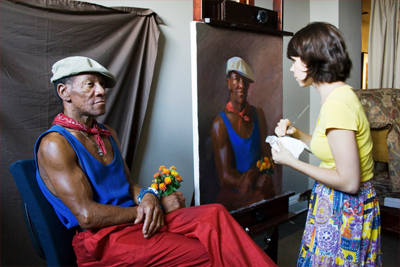
Creation of arts grant program MakeWork, Chattanooga
What is your quest in design, from a professional practice, education or evolution standpoint?
Since graduating with a formal design education, I’ve spent my time trying to uncover/create an alternative model of professional practice, one rooted in direct engagement with people and place. My work in cities with visionary individuals throughout the U.S. has slowly, but surely, allowed me to do exactly that. That in mind, my quest in my present seat of employment is to build ways for other young designers to explore career opportunities where they too can use their design sensibilities to leave a direct and lasting impact in the lives of those they encounter, in the places they call home. That’s our aim with the People’s Liberty residency program. On an unrelated note, I believe it was John Lennon who said, “Life is what happens to you while you’re making other plans.” With that in mind, on a personal level, I’ve been trying to practice presence. That is, to recognize that good is now. We have today. Best to live it. So far, it’s been an incredibly rewarding journey.
Previous: Sarah Dayan | Next: Sarah Bina
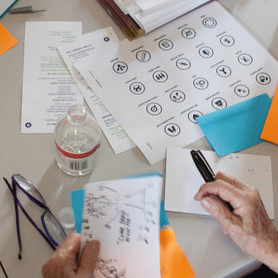
Support Design Feast via Patreon
This self-made project and its related efforts constitute a gracious obsession. The intention is to give a wholehearted and timely serving—as much as possible—of creative culture. If you gain a level of motivation, knowledge, even delight, from the hundreds of interviews plus write-ups here at Design Feast, and are able to contribute, please become a Patron with a recurring monthly donation. Thank you for your consideration!
Stay healthy and keep creating throughout the year!
Wishing you much success,
Nate Burgos, Content Creator & Publisher
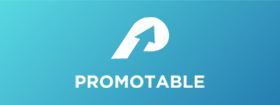
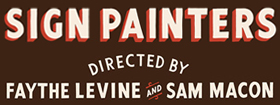
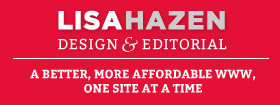
Comments
There are no comments yet.
Leave Your Comment